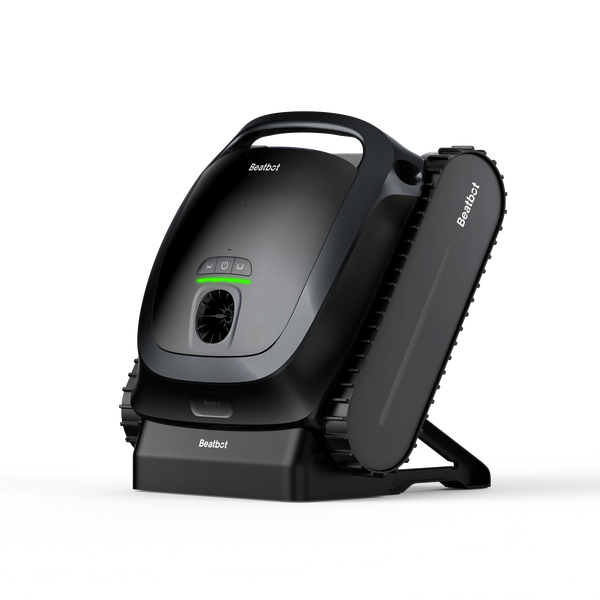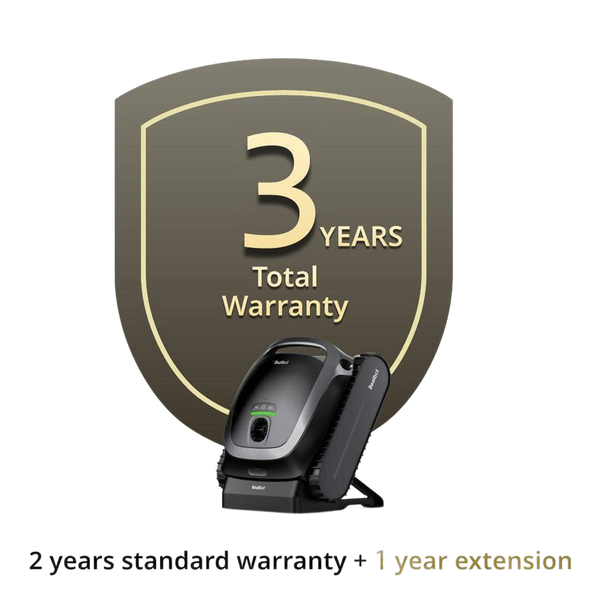Swimming in High pH Pools: Health Risks and Safety Concerns
Jumping into a pool is a refreshing experience, but it's a different story if the water's pH isn't right. Your pool's pH level is critical to ensuring a safe swimming environment. To ensure a healthy and enjoyable swimming experience, understanding your pool's pH level is essential for every pool owner.
Table of content
The First Step to Becoming a Pool Guru: Understand your pool’s pH Level
What is pH? What is the Ideal pH Range for a Swimming Pool?
pH is a measure of the acidity or alkalinity of water and ranges from 0 to 14, with 7 being neutral. A pH below 7 is acidic, while a pH above 7 is alkaline.The optimal pH range for swimming pools is between 7.2 and 7.8. In this range, the water is slightly alkaline, which is beneficial to maintaining water clarity and disinfectant effectiveness.
Factors Affecting Swimming Pool pH
There are several factors that affect the pH of your pool water:
- Source water quality: The pH of the source water can significantly affect the pH of your pool. In areas with hard water, the pH of the water will be higher (you can check this with the famous soapy water experiment)
- Disinfectant properties: The use of different disinfectants can change the pH value. For example, chlorine-containing disinfectants can lower pH levels.
- Environmental factors: Rainwater is often acidic and can lower the pH of your pool water, while evaporation can concentrate minerals and raise the pH.

Swimming is No Longer Fun: Health Risks of Swimming in High pH Pools
Skin and Eye Irritation
High pH can be quite unpleasant for swimmers, causing skin and eye irritation, resulting in redness, itching, and burning sensations. This is because alkaline water damages the skin's natural barrier, causing it to dry out. For people with skin inflammation, this experience can be a disaster.
Disinfection Efficiency Reduced
When the pH is too high, chlorine becomes less effective as a disinfectant, leading to increased bacterial and algae growth. Not only does this affect water quality, but it also poses a risk to swimmers' health.
Increased Risk of Infection
Chlorine is the most common swimming pool disinfectant. When the pH value is too high (over 7.8), the effectiveness of chlorine as a disinfectant will be reduced, resulting in the growth of bacteria and algae. At this time, the swimming pool will be filled with unpleasant odor and turbidity. Swimming in such an environment increases the risk of infection, and because such water quality damages the skin's protective barrier, bacteria can more easily penetrate the body, causing health problems.
How to Avoid Excessive Pool pH
Overall, high pH in swimming pool water can lead to numerous health issues, reducing the overall experience and enjoyment, and cause a steady stream of trouble. Keeping your pH balanced can provide endless fun for you and your family.
Measure pH Regularly
To prevent the pH from getting too high, you have to fit it into your schedule to check it. It doesn't take time: There are plenty of ready-made pH testing products on the market. Use test strips or a pH meter to measure your pool's pH regularly. This way If a problem occurs, it can be adjusted in time to maintain the ideal pH range.
Ways to Lower pH
Adding Acidic Chemicals: To lower the pH, add an acidic compound, hydrochloric acid or sodium bisulfate are two very common ways to do this. These chemicals help neutralize alkalinity and return the pH to the desired range, but they can be dangerous if not handled properly, so you need to do your homework ahead of time, determine how much to use, and strictly follow the package insert requirements.
Conclusion
Maintaining the correct pH level in your pool is crucial to ensuring a safe and enjoyable swimming experience. By understanding the factors that affect pH and taking steps to monitor and adjust them, you can prevent the health risks associated with high pH pool water. Regular maintenance and testing are key to keeping your pool water balanced and safe for all users.
FAQs:
Under what climate conditions may alkalinity be too high?
In hot, dry climates or in climates with little rainfall, your pool's alkalinity may be too low. Because as mentioned above, rainwater is usually acidic, which can lower the pH and alkalinity of your pool. In addition, when the temperature is low, the evaporation rate of water decreases, which may also lead to a decrease in the concentration of alkaline substances in the water.
Can pool covers and water purifiers help stabilize pH?
Yes, using a pool cover can effectively stabilize pH levels. Pool covers reduce water evaporation and prevent outside contaminants from entering the pool, thereby reducing the possibility of pH fluctuations. At the same time, water purifiers can help improve water quality, remove suspended solids, and indirectly help maintain the stability of the pH value, but their main function is to physically improve the transparency of water rather than directly adjusting the pH value.
Relative Blogs
About the author



















